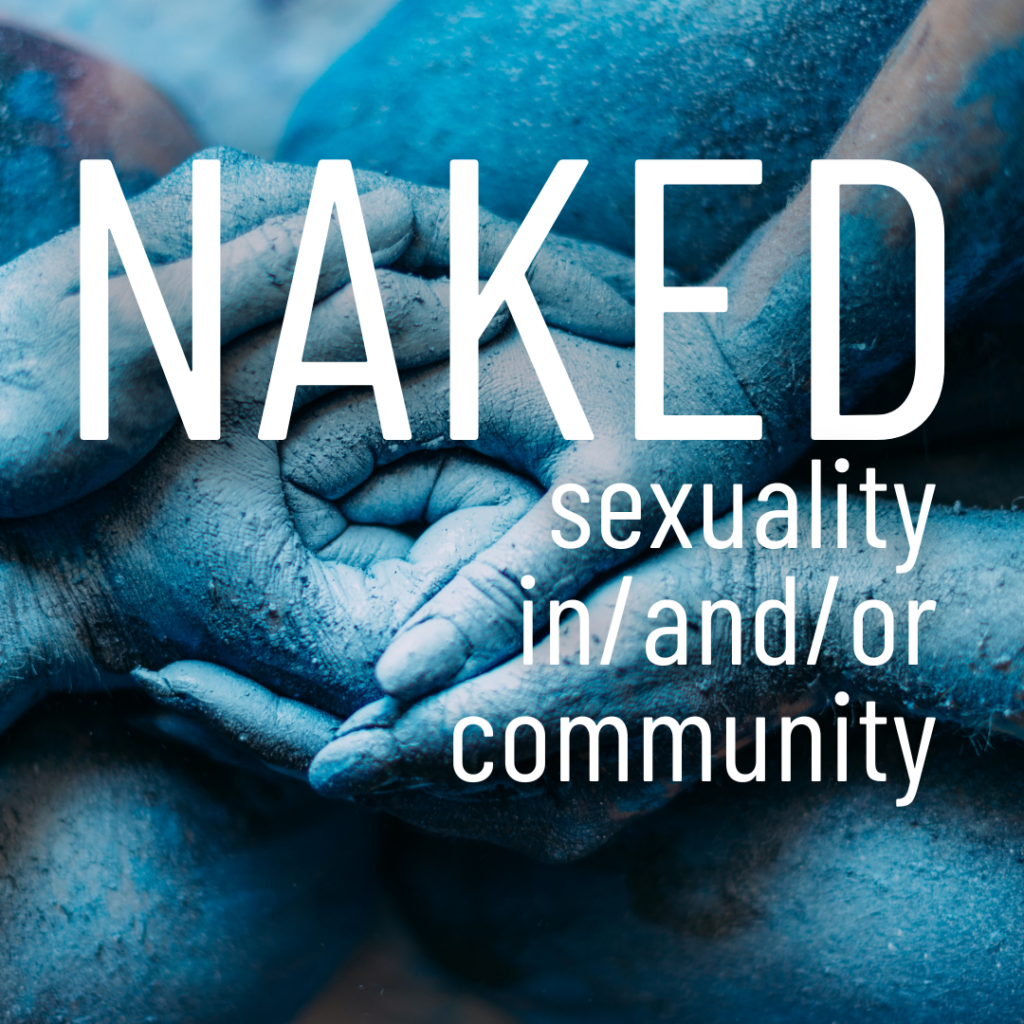No matter what kind of (intimate) encounter or relationship you choose to engage in with another being, whether it be light-hearted and short play or serious and longterm, it’s always supportive for authentic, fulfilling connections to be honest and clear: what do you want and are available for. And to create agreements together around how to get both your needs met (or not) based on the following conversation.
R-Relationship
B-Boundaries
D-Desires
S-Sexual health
M-Meaning
A-Aftercare
F-Fear
(T-Trauma)
Go through all the themes together and check back if you feel you didn’t fully understood your opposite. The order in which you go through those points is not important. It can for example be supportive to start with fears as an invitation to show vulnerability.
… here some of our offerings in which you can exercise clear communication in intimate, sexual encounters and learn more about your body, your sexuality and maybe generally ‚how to be human‘ in a relaxed and healthy way 😉



R-Relationships: What kind of relationships are you currently in? What agreements are you navigating within those other relationships that will affect this one?
‘What kind of relationship do you have? – Kate Hakala‘
B-Boundaries: What boundaries do each of you have as individuals and also in accordance to the other relationships that you’re in? What do you want that shouldn’t happen?
D-Desires: What desires do each of you have with each other? Be courageously honest. Embrace non-attachment to them as well. Listen lovingly to each other’s desires as a gift. It can be a very vulnerable situation. If your desires are not matching in the first place (if both of you don’t have a full yes) counteroffer until you agree on an arrangement that feels really good for both of you. Or discover that you both aren’t a match and may need to say ‚No‘ to each other, which is totally fine too.
Getting to know yourself, what you want and what you don’t want is an ongoing process of clarity and selflove. Here are some inputs to that:
‘Are You Afraid of Desire? The Truth About Desire – Teal Swan‘
‘Core Erotic Themes(CET) & Sexual Styles – ISTA PODCAST Elaine & Ria Yoshid‘
‘The Wheel of Consent – Betty Martin‘
S-Sexual Health: When was your last check for sexually transmitted infections (STI’s), what did you check for (regular STI-checks normally don’t include all possible infections) and what’s the result’s. Also: when and how did you have intercourse and what kinda safer sex protocol did you follow. And then: what kind of safer sex arrangement do you two want to follow in your agreed interaction.
M-Meaning: What does it mean to live the desired interaction? What kinda relationship do you want to life now? (one time only, friendship, intimate, emotional support, sexual, building family, children, committing for something specific, work partner, …) *Everyone* has a different meaning around what certain types of interactions in (intimate) relationships mean. Therefore it’s really supportive of connection, joy and ease to get clear on what those kinds of meanings are for each being. The risk of not doing so often results in one person leading another person on, or one or both of you having a fictitious idea of how the relationship is developing, which never feels good nor in integrity for either person.
A-Aftercare: What aftercare do you need from each other after the agreed interactions? (none, check-in after 1 day/ 3 days, texting at each others birthdays, …)
F-Fears: What fears arise while encountering your opposite and/or while sharing your desires and boundaries?
T-Trauma: Inform each other about your known triggers that might open a trauma state in you (within the agreed interaction): situations that trigger your fight, flight, freeze states, or your awareness of your inner places of numbness, etc … Informing each other about those known triggers (there might also be unconscious triggers) creates more awareness and the possibility to react informed and more in ease, when those situations comes up.
More about ‘Trauma Structures‘.
This questionaire is a tool taught in the ISTA Training, the International School of Temple Arts. ISTA Trainings are powerful initiational journeys into a life where spirituality, sexuality and shamanism is owned and balanced.